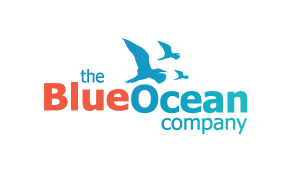“We have been experiencing a substantial decrease in market share in one of our key product categories. We have always prided ourselves in being close to our customers, listening to their needs and turning this knowledge into innovative and compelling products. However, I have come to the conclusion that our traditional research methods are not providing us with new data regarding customer needs. We need to find another way.”
– R&D Director, Global Consumer Goods
Moving from Explicit to Implicit Information
We propose our highly effective and non-traditional method for providing answers to complex issues.
When we traditionally gather data, we normally use language to do so: people are asked to answer questions in an explicit way, using words. This actually limits the responses to explicit information, which is fine when we look for answers to specific issues. However, it is inadequate when the issues are less defined and more complex.
Our method uses spatial perception to gather data, tapping into unconscious thought and implicit knowledge which in fact drive our personal preferences and decisions.
Making the Invisible Visible
The core of our method is a so-called constellation workshop, led by an accredited facilitator and with the participants acting as ‘resonance bodies’. Depending on the purpose of the workshop, participants can include internal staff as well as people external to the organisation who are paid to participate.
The participants are positioned spatially to each other and through a facilitated process of multiple constellation layers, the participants create a ‘living map’, providing new perspectives and insights. After the workshop, the facilitator presents an in-depth analysis which serves as the basis for reflection, discussion and interpretation of the results.
The results can be both insightful and surprising, often surfacing issues which may not have been considered initially. So take the plunge, and take a new look at your customers. You will end up with a much better understanding of their personal preferences, preferences that are invisible to you…and even to your customers.
“This method reveals a new kind of information from consumers providing crucial criteria about buying behaviour.” (Wallstreet Online, 2009)
For the full story, email us for a free copy of our two-page impact study, or contact us to find out how our method could be applied in your specific situation.
